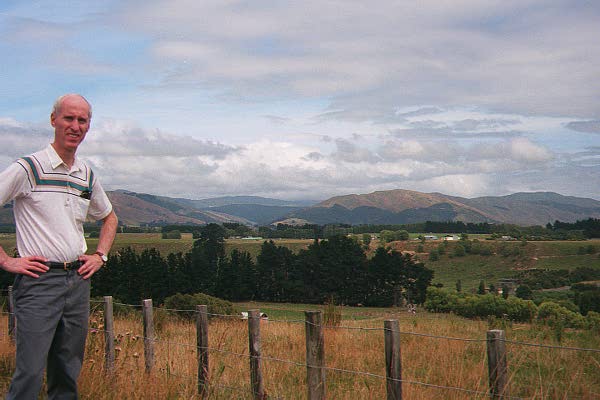 |
Tim Stevens |
 |
Tim Stevens |
After visiting 27 wineries and tasting over 180 wines in two weeks, the pattern became delightfully clear. New Zealand is producing wines reflecting exceptionally high quality in a style that borrows from the best of European (particularly French) winemaking traditions while adding characteristics that are uniquely their own.
What comes from France is a keen focus on the role of wine as a food partner and enhancer. Elegance and finesse are the goals rather than power and oak. Many of the New Zealand winemakers with whom I spoke were eager to discuss the soil composition of their vineyards (as well as geologic history), and the care with which they match grape varietals to the characteristics of their land. More often than not, fermentation takes place in stainless steel tanks (which do not modify taste). This allows the true varietal characteristics, along with the effects of climactic and vintage-specific growing conditions, to appear in their wines.
What New Zealand adds is a growing climate that promotes bright, racy flavors with food-friendly acidity. The factors at work are a long growing season, cool nights and moderate (especially compared to Virginia) summer daytime temperatures. While there are important variations among the primary growing areas, my generalization is that the climate there is somewhat like San Diego, with higher rainfall.
The wines they produce differ noticeably from wines being produced in other "new world" areas such as Australia (its neighbor 1500 miles to the west) and California (its "neighbor" 6500 miles north). Many of us in the U.S. are familiar with the distinctive New Zealand Sauvignon Blancs. What you may have not tasted yet are some of their remarkably fresh Chardonnays, and rich Bordeaux style reds. Regrettably, many of the excellent selections I tasted there (especially the reds) are produced in small quantities and not available here.